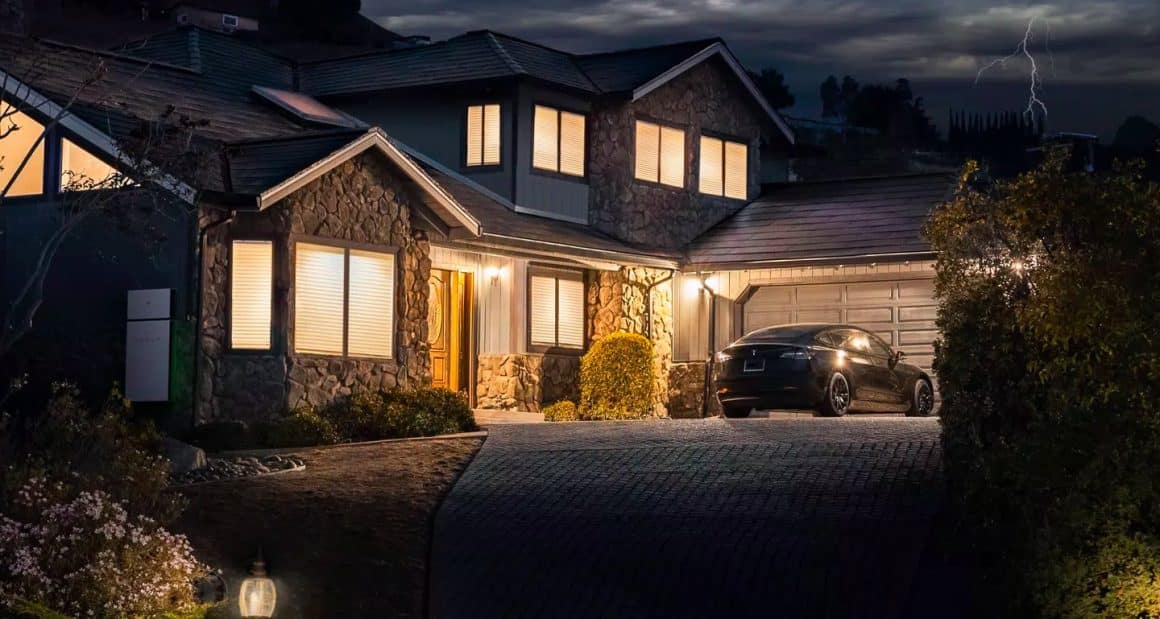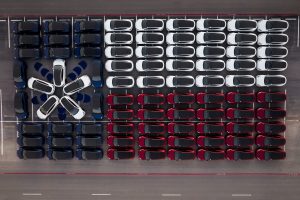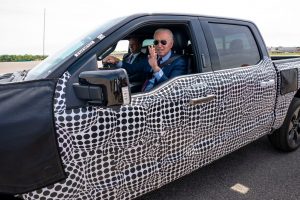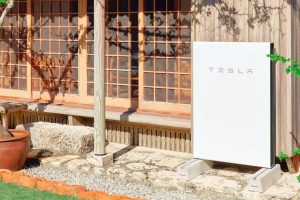Tesla has been pretty open about the idea that its next-generation of vehicles and its 20 million EV target for 2030 would rely on its ability to scale its 4680 battery production. This task, at least according to experts, has proven to be especially challenging.
Unveiled during Battery Day nearly two years ago, 4680 cells are expected to provide Tesla with substantial manufacturing cost reductions and efficiencies. According to statements from several experts in the field, the use of larger cells and a dry-coat electrode process could enable Tesla to halve the cost of a Model Y battery.
Twelve experts who are reportedly close to Tesla, or at least familiar with the company’s new battery technology, shared their insights with Reuters. Among the 12 experts, nine reportedly have close ties to Tesla, while three have examined the company’s previous battery technology thoroughly through an extensive teardown.
According to the publication’s sources, Tesla is only halfway towards its goal of successfully rolling out its 4680 cells. While the EV maker already sees benefits from the use of larger cells, Tesla is still reportedly seeing challenges with scaling its dry-coat electrode process.
This, according to the experts, was because Tesla’s dry-coat electrode process is so new and unproven that the company is still having trouble scaling its operations to the point where savings become substantial. Still, the publication’s sources have stated that Tesla would probably still be able to fully implement its 4680 cells’ dry coat electrode process next year.
2019 Nobel laureate and lithium-ion battery pioneer Stan Whittingham believes that Tesla would ultimately solve the challenges associated with its 4680 battery production ramp, though he also noted that Elon Musk might have been too optimistic with his target timeframe for the next-generation batteries’ rollout. “I think he will solve it, but it won’t be as quick as he likes. It’s going to take some time to really test it,” Whittingham said.
Reuters‘ sources noted that if all the potential efficiencies from the use of 4680 batteries are realized, the manufacturing cost for the Model Y’s 4680 structural battery could fall to just about $5,000-$5,500 — roughly half the cost of a 2170 pack. So far, Tesla is reportedly seeing about $2,000 to $3,000 worth of cost savings, mainly due to its use of bigger cells.
With Tesla’s 2170 battery packs, the company reportedly uses about 4,400 cells for the Model Y. The 2170 packs also require 17,600 points that need to be welded — about four welds per cell — to create a battery that can be integrated into the all-electric crossover. This is reduced significantly with the use of 4680 cells. The experts noted that Tesla only needs 830 cells for its Model Y 4680 structural pack, and since there are only two weld points for each cell, the total weld points per vehicle drops to just 1,660 points.
But while Tesla has made tons of headway with its 4680 batteries, and while the company already sees savings due to its use of larger cells, the EV maker still needs to master and scale its dry electrode process. Once that’s done, Tesla could effectively attain the holy grail of its next-generation batteries. “Bulking up the battery cell helped a lot in boosting efficiency, but pushing for 50% cost savings for the cell as a whole is another matter. That will depend on whether Tesla can deploy the dry-coating process successfully in a factory,” one of Reuters‘ sources said.





